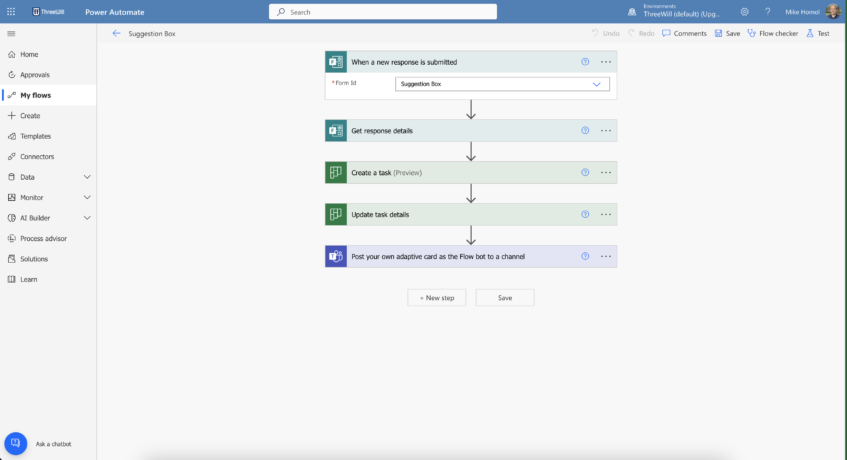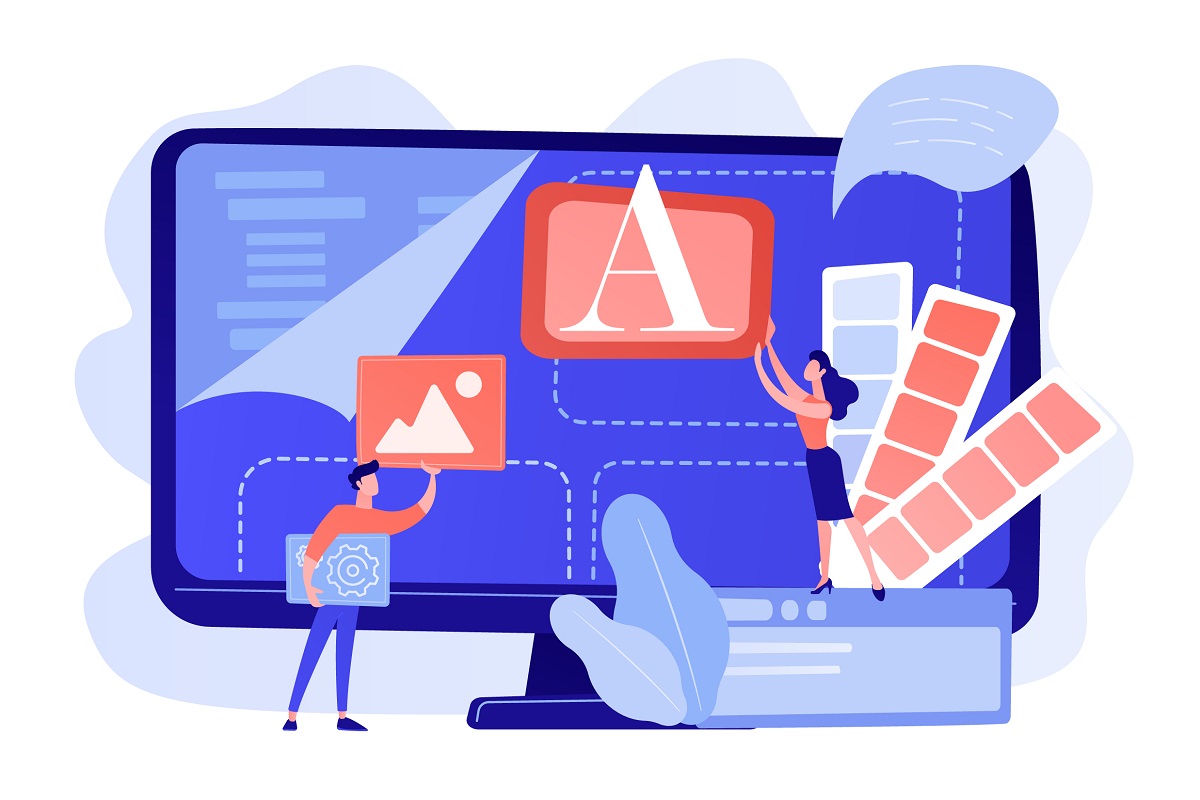Mike is a Principal Consultant for ThreeWill. He has a passion for solving problems, most notably through products or platforms. He has almost 20 years of experience in product development and leadership, using the latest and greatest technologies, including open source technologies.
New Buzzwords
If you’re reading this post, it’s likely for one of two reasons: you’ve heard the terms low-code or no-code development and you’re wondering what the heck is it about or you’ve never heard of them and you’re still wondering what the heck I mean by it. Either way, let’s set that straight.
No-code and low-code development are approaches to software development that allow users to create applications with little or no coding. They typically involve the use of visual tools to create an application or a workflow. Because of this, they can help to bridge the skills gap between business and IT, enabling users with little technical knowledge to create applications that meet their specific needs. Or, at least, that’s the hope.
Tell me more
Low-code development involves using pre-built application components and visual development tools to quickly create custom applications with minimal programming. Developers with some programming knowledge may use low-code development to speed up their workflow and automate certain parts of their applications.
No-code development, on the other hand, requires little to no programming knowledge. No-code development tools typically use drag-and-drop interfaces and pre-built templates to create custom applications. This allows individuals with little to no programming experience to create sophisticated applications that can streamline business processes.
Overall, low-code and no-code development enables faster and easier app development, making it possible for more people to create custom applications without needing advanced programming skills.
Where would I see this in action?
Within the Microsoft 365 ecosystem, your primary encounter with low-code and no-code development is within the Power Platform. What is the Power Platform, you say? Lucky for you, Kirk Liemohn has crafted the first in a series of articles helping you understand it all from the ground up. So click this link and, after you’ve read that, come back here.
In the context of the Power Platform, we are specifically talking about 2 tools: Power Apps and Power Automate. Low-code and no-code development refer to the level of programming knowledge required to create custom business applications and processes using these tools respectively.
Microsoft Power Apps is a powerful tool that allows users to quickly and easily create custom business applications for a variety of platforms, including web, mobile, and tablet. It has an intuitive design tool in which the user can build an interface visually and “what you see is what you get”. There’s also an “Excel-like” language behind the scenes that can allow you to code in rules and steps as you respond to user actions, like clicking a button or moving from screen to screen.

Microsoft Power Automate is an equally powerful tool. It allows for “drag-and-drop” designing of workflows and business processes and can connect to hundreds, if not thousands, of data sources. Think of all of the repetitive tasks that you would love to delegate. Power Automate is a clean visual workflow designer that can manage anything from these small but annoying tasks all the way to complex and multidimensional decision trees and workflows that back your business. To boot, there are even hundreds of starter templates that will have you automating in no time and learning along the way.

Is it worth it?
We’ve made a number of blog posts that have answered the question “is it worth the investment?” As you might be able to tell from my descriptions of the tools, there are a great many possibilities for innovation that can help your employees find new ways of thriving.
However, we want to enter this with clear eyes. As with any software development tool, there are certain risks and rewards associated with using Power Apps and Power Automate. So come back next week and we will review each tool.
And if you can’t wait that long to get started yourself, feel free to contact us today to see how you and your employees can begin making full use of the Power Platform.
CONTACT THREEWILL TODAY TO LEARN HOW THE POWER PLATFORM CAN HELP YOUR EMPLOYEES THRIVE!




